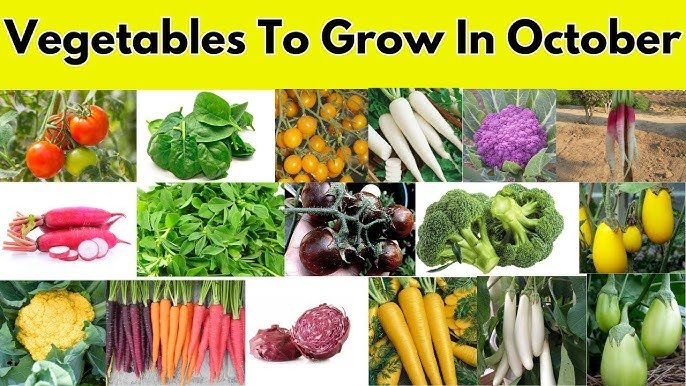
October is one of the most crucial months of the year when it comes to farming because this month allows farmers to raise their production to the maximum. As the weather temperature starts getting cooler, so many crops become very viable for planting.
According to horticultural experts, strategic planting of vegetables in October can lead to yields as much as five times bigger than that of more fertile months. The reason for such a phenomenon lies in the selection of crops that happen to thrive in cooler climates, build deep root systems, and overwinter, ready to start early in spring.
Whether you’re a seasoned gardener or just starting, the following 10 vegetables are the ones that you should be planting at planting time and harvest as much as possible.
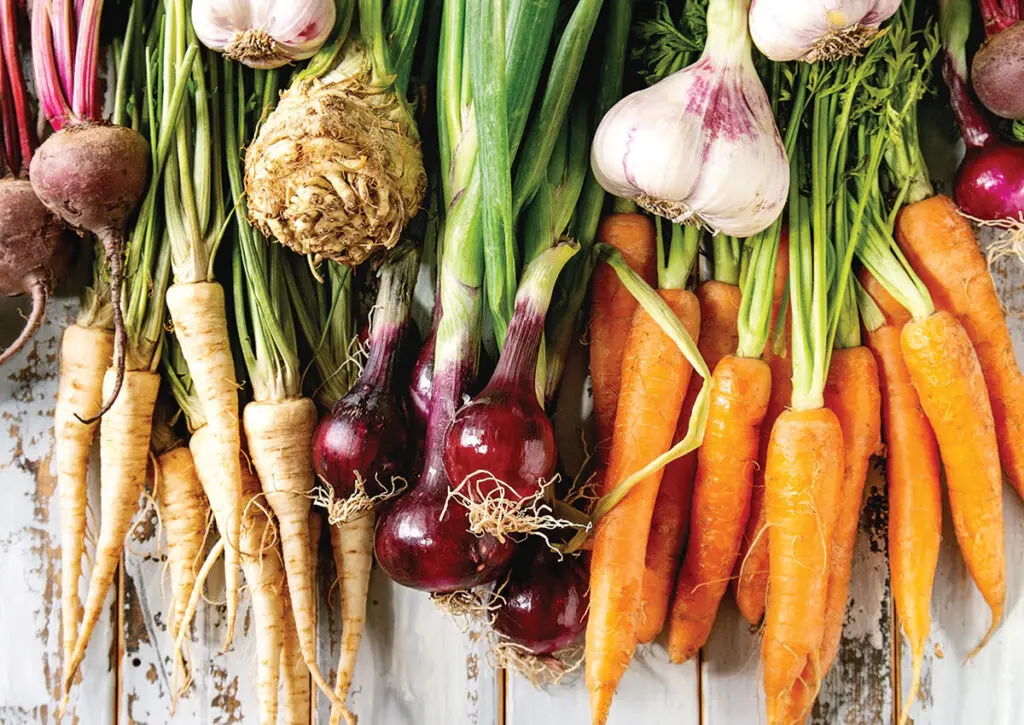
1. Spinach – The Ultimate Leafy Green for Cool Seasons
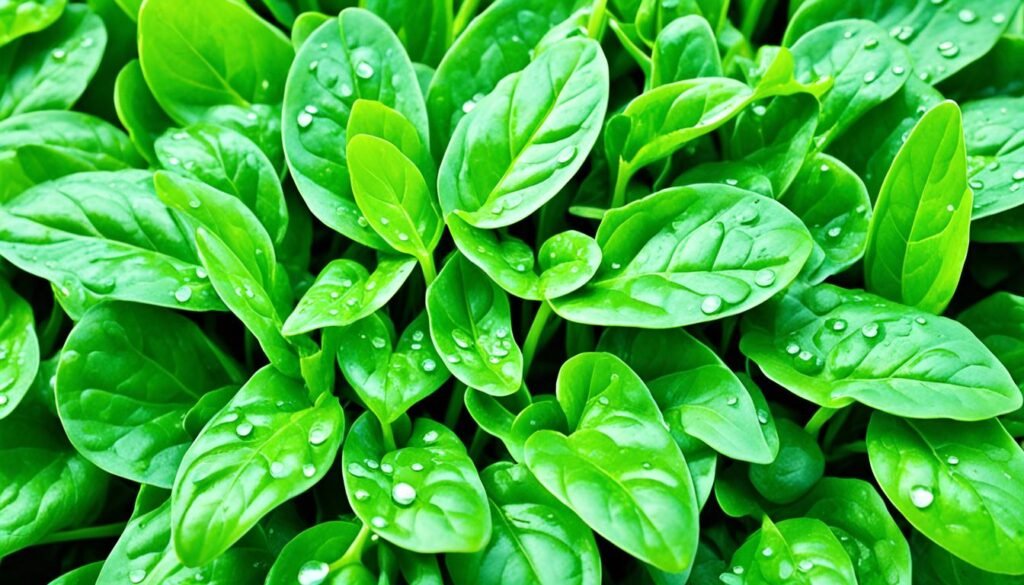
Spinach is one of those vegetables recommended highly by specialists for planting in October. It grows pretty fast, it is resistant to low temperatures, and it can be picked more than once during the season.
Planting spinach seeds in the fall will encourage them to germinate and produce leaves rapidly.
Some varieties can tolerate a light frost, while others can overwinter in many climates, giving you the potential to start harvesting fresh greens as soon as late winter or early spring.
Key Benefits:
- Cool weather promotes quick growth.
- Can be harvested multiple times.
- Overwinters well, early spring yields.
2. Garlic – Plant in the Fall for a Bumper Crop Next Summer
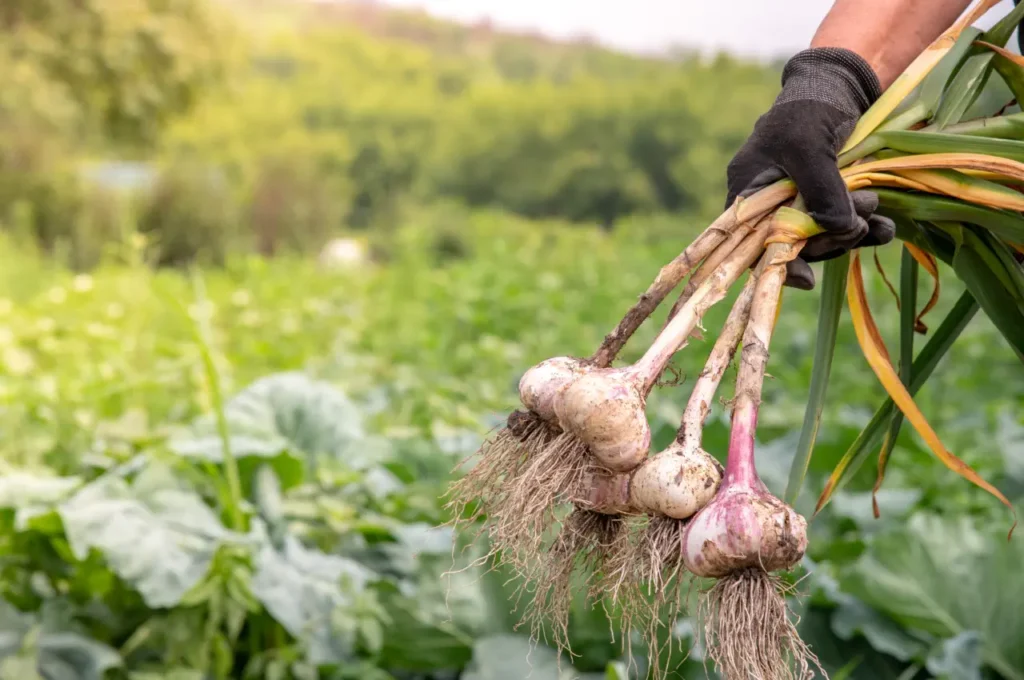
Garlic is one of the ingredients that are used in every kitchen. Now, as far as planting garlic is concerned, fall is considered the optimum time. According to horticulture experts, October is the month when the bulbs of garlic should be planted so that enough time would be provided for the growth of roots before winter sets in.
Garlic needs vernalization, which is a period of cold, to give rise to robust and flavorful cloves; it is therefore perfect timing to plant in the fall season. You can be assured of a good yield by the following summer.
Not only does garlic enrich the soil by repelling pests, but it also maximizes your yield with the least effort.
Key Benefits:
- Fast growth in cool temperatures.
- Can be cropped multiple times.
- Overwinters well for early spring yields.
3. Carrots – Sweeter and More Flavorful in Cool Weather
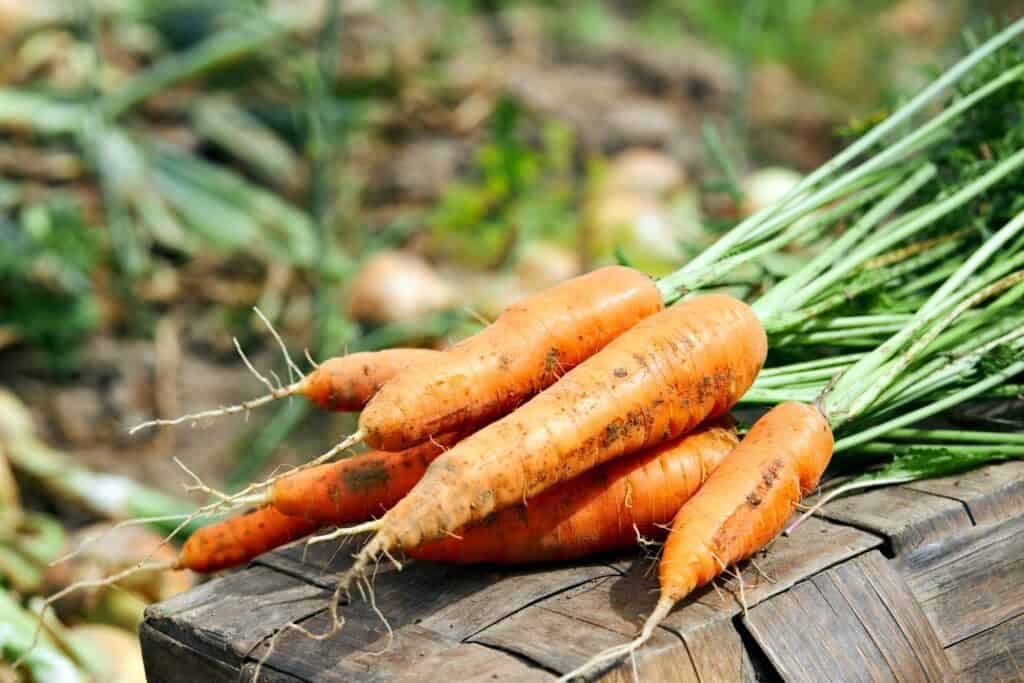
Carrots love cooler temperatures, and October is an excellent time to get carrots into the ground. Colder temperatures develop sweeter carrots through a heightened concentration of sugar in the roots.
Another great benefit of fall-planted carrots is that the slow, steady growth allows them to mature perfectly before winter sets in. Choose carrot varieties that are either much shorter or round if you live in a particularly cold climate because this minimizes the damage the vegetable will suffer from frost.
Key Benefits:
- It cools the weather and gives carrots a sweeter, more robust flavor.
- Slow, steady growth tends to produce higher-quality roots.
- Suitable for fall planting with frost-tolerant varieties.
4. Radishes – Quick-Growing and Ready to Harvest in 30 Days

Radishes are fast-growing vegetables that thrive well with planting in October. Most varieties take only 30 days before they are mature enough for harvest, thereby giving you a fresh and crisp crop ahead of the harshest weather for winter.
Generally, radishes thrive well in cool soil and can be grown with much ease either from garden beds or containers. Sow seeds of radish every fortnight to continue harvesting into plenty of supplies throughout fall.
Key Benefits:
- Quick-growing, with harvests in 30 days.
- Thrives in cooler, fall conditions.
- Suitable for both garden beds and containers.
5. Lettuce – Fresh, Crisp Greens for Fall and Winter

Of all the fall garden vegetables, lettuce is one of the most versatile, and easiest to grow. Variants include romaine, butterhead, and leaf lettuce, all performing well in cooler temperatures and producing crisp, tender leaves.
Planting lettuce in October will carry you into winter with some protection from frost. Lettuce lends itself nicely to being a cut-and-come-again crop, too. You can cut off individual leaves or the entire plant, and it just keeps growing.
Key Benefits:
- Prefers the cooler temperature of fall for the best performance.
- Can extend the harvest with light frost protection.
- Cut-and-come-again nature provides for a very productive crop.
6. Peas – Cold-Hardy and High-Yielding

Peas, particularly sugar snap and snow peas, are cool-season crops that thrive during the cooler parts of the season. Planted in October, peas have sufficient time to develop a good root system before the initial frost.
One of the few crops able to tolerate light frosts, they will remain healthy well into late fall. In addition to improving the air movement and reducing the possibility of diseases, putting up a trellis or support mechanism for the growth of peas upward will enhance yield.
Key Benefits:
- Cold-hardy and frost-tolerant.
- Utilizes the trellis system to maximum yield.
- High yields can be acquired with cooler temperatures.
7. Onions – Start Now for a Hefty Spring Harvest
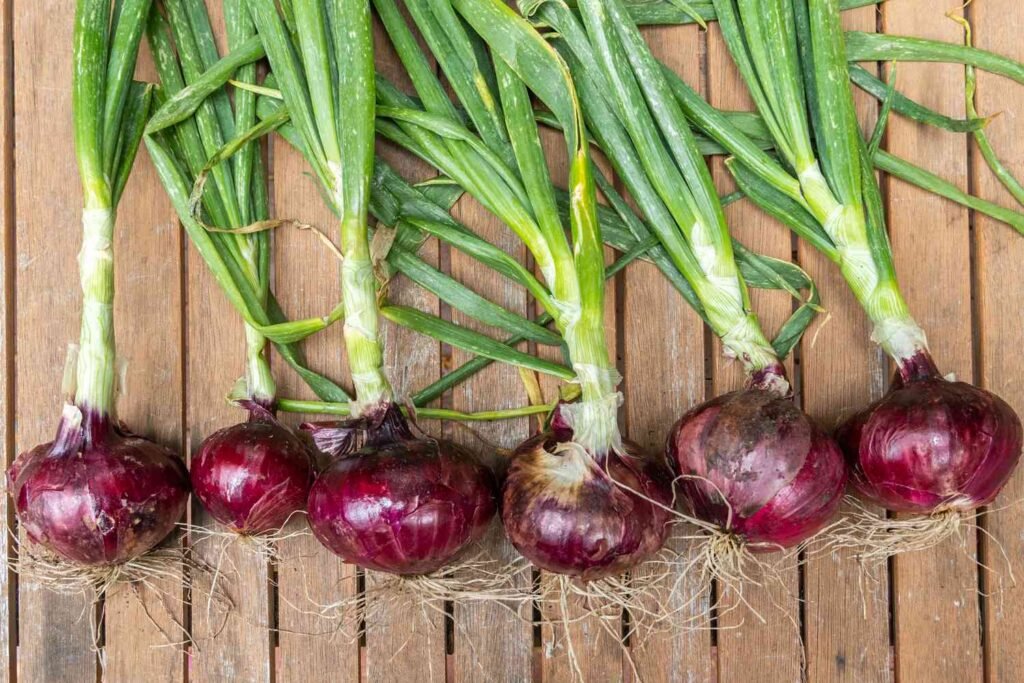
Onions take a very long time to develop to maximum size; therefore, the ideal time for planting will be in October. If you plant onions in early fall, the plants can set roots and develop some foliage before winter.
Once spring comes around, these plants already have a head start and, therefore, will grow much bigger and healthier, yielding a much larger harvest. Either use short-day or intermediate-day varieties of onions, whichever will grow more effectively in your climate.
Key Benefits:
- Requires a long growing season, ideal for fall planting.
- Ensures a larger spring harvest.
- Grows well in cooler temperatures with minimal care.
8. Beets – A Nutritious Root Vegetable for Fall Planting
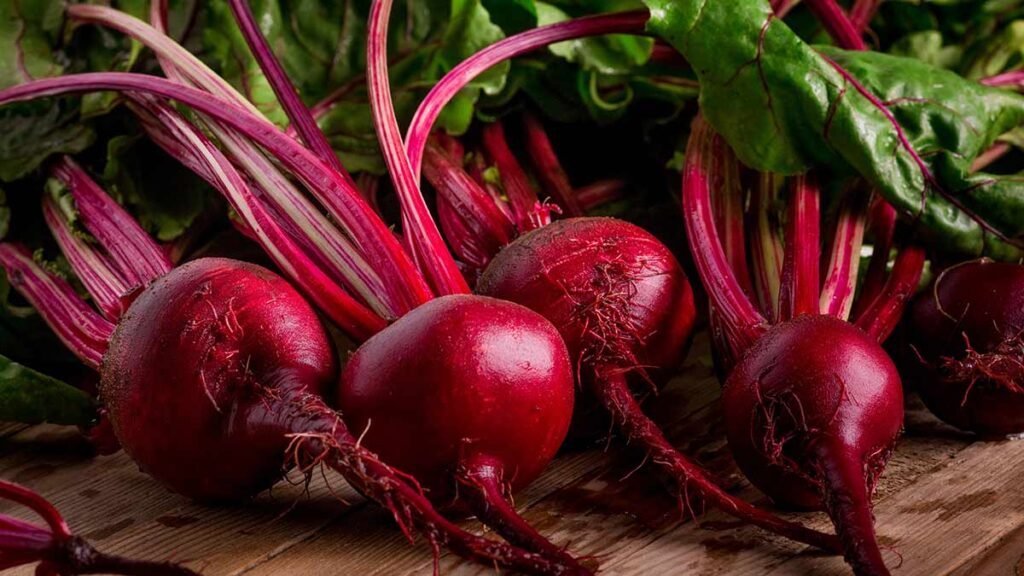
Another root vegetable that the experts recommend planting in October is beets. They prefer cool weather, and their nutrient-rich roots can be well-harvested before the deep frost begins.
Edible roots will grow, and the leafy top foliage is also edible for salads. Beets will develop their best flavor and texture when grown in cooler soil; like carrots, they will grow sweeter as the temperature goes down.
Key Benefits:
- Roots and greens are edible.
- Cooler soil will produce sweeter beets.
- Nutrient-rich and easy to grow.
9. Kale – Sweetens After a Frost for a Long Harvest
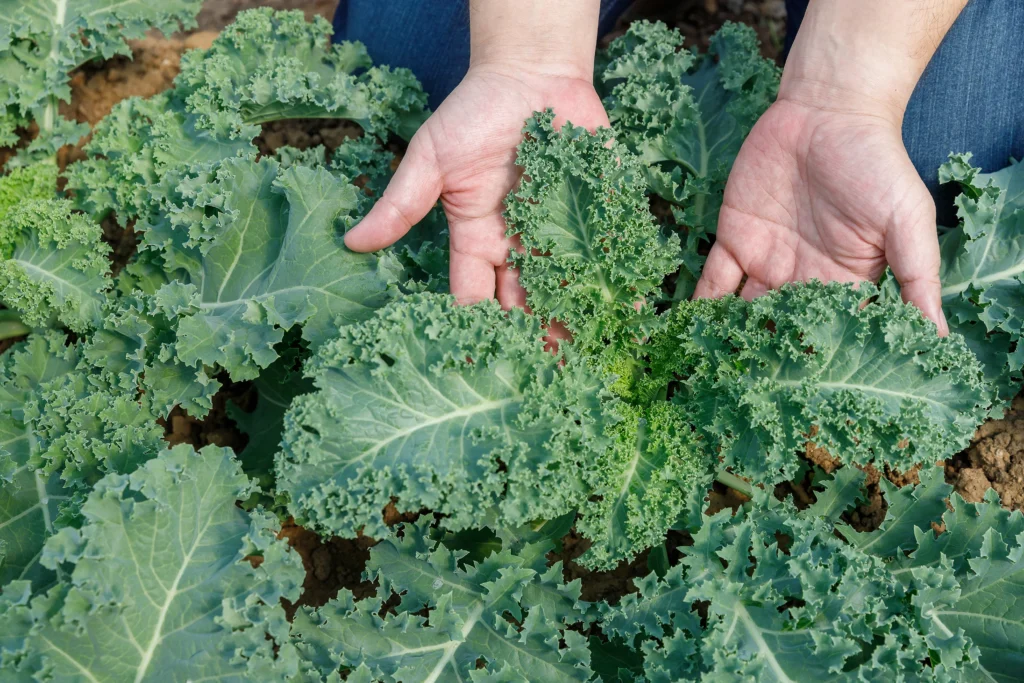
Kale is one of the hardiest vegetables and can get sweeter after frost has hit the crop. Planting kale in October will allow it to grow steadily throughout the fall and into winter, depending on your climate.
Kale is a superfood packed with vitamins and a cold tolerance that places it as a staple for late-season gardens. If well cared for, kale will have harvests extend far into early spring.
Key Benefits:
- Cold-hardy and sweetens after frost.
- Continuous harvest into fall and winter.
- Very nutrient-rich and easy to grow.
10. Swiss Chard – Colorful, Nutrient-Rich, and Frost-Resistant

Swiss chard is a cool-season leafy green, and a great crop to plant in October. It comes in many varieties of stalk colors with deep green leaves and adds color to your garden.
This cool-season crop is frost-hardy and will continue well into fall, even after the first light frosts. It should be a staple for fall and early winter gardens.
Key Benefits:
- Frost-resistant and thrives in cool temperatures.
- Produces vibrant, nutrient-rich leaves.
- Provides a steady harvest throughout fall and winter.
Final Tips for Maximizing Your October Vegetable Yield
Planting these 10 vegetables in October is how you can best take advantage of the cool growing season and get a harvest up to five times bigger than usual. Following are some expert tips that can help you make the most from your fall garden:
- Row Covers: Extend the growing season by protecting young seedlings from unexpected frosts.
- Soil Improvement: Before planting, always add compost or organic matter into the soil for nutrient enrichment.
- Mulch Well: A layer of mulch moderates temperature and retains moisture during this cold period.
- Water Occasionally: Cooler weather means less evaporation; however, periodic watering will keep the soil moist.
Following all expert recommendations and choosing the right vegetables for your October planting schedule, you will not only extend this growing season but also greatly improve your garden yield.








